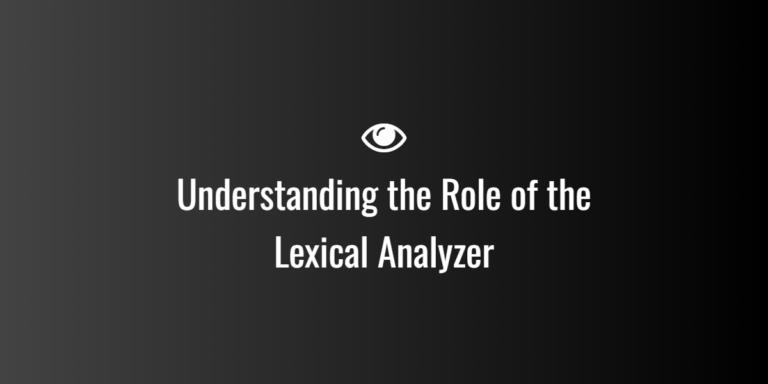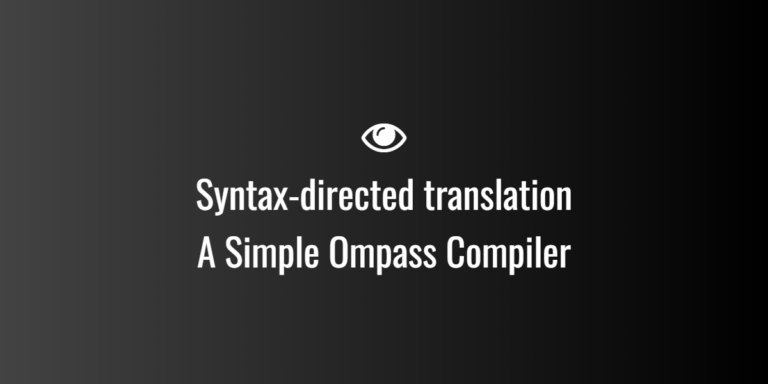A checksum is a small-sized piece of data derived from a larger data set, used primarily for error detection during data transmission or storage. It is essentially a value that is calculated from a data stream and appended to the data. The receiver, upon receiving the data, recalculates the checksum and compares it with the received checksum to determine if the data has been corrupted or altered during transmission.
How Checksum Works:
- Data Representation:
- The data that needs to be transmitted is represented as a sequence of bits.
- For example, a file or data block may consist of hundreds or thousands of bits.
- Checksum Calculation:
- The checksum is calculated by performing a mathematical operation (such as summing all bits or using polynomial division) on the data.
- One common method is to sum all the data’s bits (in groups of 16 or 32) and then take the complement or modulo of the sum to generate the checksum value.
- Transmission:
- The original data, along with the checksum value, is transmitted to the receiving end.
- Verification:
- Upon receiving the data and the checksum, the receiver recalculates the checksum based on the received data.
- If the recalculated checksum matches the transmitted checksum, the data is considered valid; otherwise, it is flagged as corrupt, and the data may be requested for retransmission.
Example:
Suppose you are transmitting a block of data 101101001011 using a checksum calculation method. The steps would be as follows:
- Data:
101101001011 - Checksum Calculation:
- Perform a checksum operation, such as summing the bits in pairs and taking a modulo operation. For instance, adding the bits
10and11and then taking the complement could yield the checksum.
- Perform a checksum operation, such as summing the bits in pairs and taking a modulo operation. For instance, adding the bits
- Transmission:
- The original data
101101001011and its checksum are sent together to the recipient.
- The original data
- Verification:
- The recipient recalculates the checksum from the received data. If the recalculated checksum matches the received checksum, the data is intact; otherwise, an error has occurred during transmission.
Applications of Checksum:
- Data Integrity:
- Checksum is widely used in communication protocols like TCP/IP, HTTP, and FTP to ensure data integrity during transmission.
- Error Detection:
- Checksums are used in storage devices (like hard drives, SSDs) to detect corruption and errors when retrieving data.
- File Integrity:
- Commonly used in software distribution to verify the integrity of downloaded files. For example, after downloading a file, a checksum (like MD5 or SHA) is provided for comparison to ensure the file has not been tampered with.
- Data Backup and Recovery:
- In backup systems, checksums ensure that the data remains intact during backup and recovery processes.
Types of Checksums:
- Parity Check: A simple error detection technique that adds a parity bit (1 or 0) to ensure the total number of 1-bits is even or odd.
- Longitudinal Redundancy Check (LRC): A checksum based on parity checks, but applied to each column of a data block.
- Internet Checksum (TCP/UDP): Used in IP networks to ensure the integrity of data transmitted over the internet.
- Cyclic Redundancy Check (CRC): A more complex checksum algorithm used in networking and disk storage for detecting errors in data transmission.
Advantages of Using Checksum:
- Simplicity: The checksum method is computationally simple and easy to implement.
- Efficient: It is fast in detecting minor errors such as bit-flips during transmission.
- Wide Usage: Checksum-based techniques are used in several protocols and applications.
Limitations of Checksum:
- Limited Error Detection: While checksums can detect common errors like bit-flips, they may not catch more complex errors or intentional data tampering (e.g., hackers changing data).
- No Correction: Checksums can only detect errors; they cannot correct the errors on their own. For correction, more sophisticated methods, such as error-correcting codes, are needed.
Multiple-Choice Questions (MCQs):
- What is the purpose of a checksum?
- A) To compress data
- B) To detect errors in transmitted data
- C) To encrypt data
- D) To increase data transmission speed
- Answer: B) To detect errors in transmitted data
- Which of the following is a common checksum method?
- A) XOR operation
- B) Modulo operation
- C) Parity bit
- D) All of the above
- Answer: D) All of the above
- Where is a checksum typically used?
- A) File transfer
- B) Network communication
- C) Data storage
- D) All of the above
- Answer: D) All of the above
- How is a checksum calculated?
- A) By performing arithmetic operations on the data
- B) By taking a random number
- C) By dividing the data by a constant value
- D) By encoding the data
- Answer: A) By performing arithmetic operations on the data
- What happens if the checksum doesn’t match at the receiver’s end?
- A) Data is transmitted again
- B) Data is stored without any errors
- C) The data is assumed to be valid
- D) The data is not processed further
- Answer: A) Data is transmitted again
- Which is a common example of checksum used in data verification?
- A) SHA-256
- B) MD5
- C) CRC
- D) All of the above
- Answer: D) All of the above
- What type of errors can a checksum detect?
- A) Bit errors
- B) Burst errors
- C) Data corruption during transmission
- D) All of the above
- Answer: D) All of the above
- Which of the following is a checksum type used in IP networks?
- A) Parity Check
- B) Internet Checksum
- C) Longitudinal Redundancy Check
- D) Cyclic Redundancy Check
- Answer: B) Internet Checksum
- In the checksum method, the result of the operation is appended to the data as:
- A) A header
- B) A footer
- C) A checksum value
- D) A random number
- Answer: C) A checksum value
- Which of the following can be considered a limitation of using checksums?
- A) It is slow and computationally expensive
- B) It can only detect, not correct errors
- C) It cannot detect any errors at all
- D) It increases data transmission time
- Answer: B) It can only detect, not correct errors




